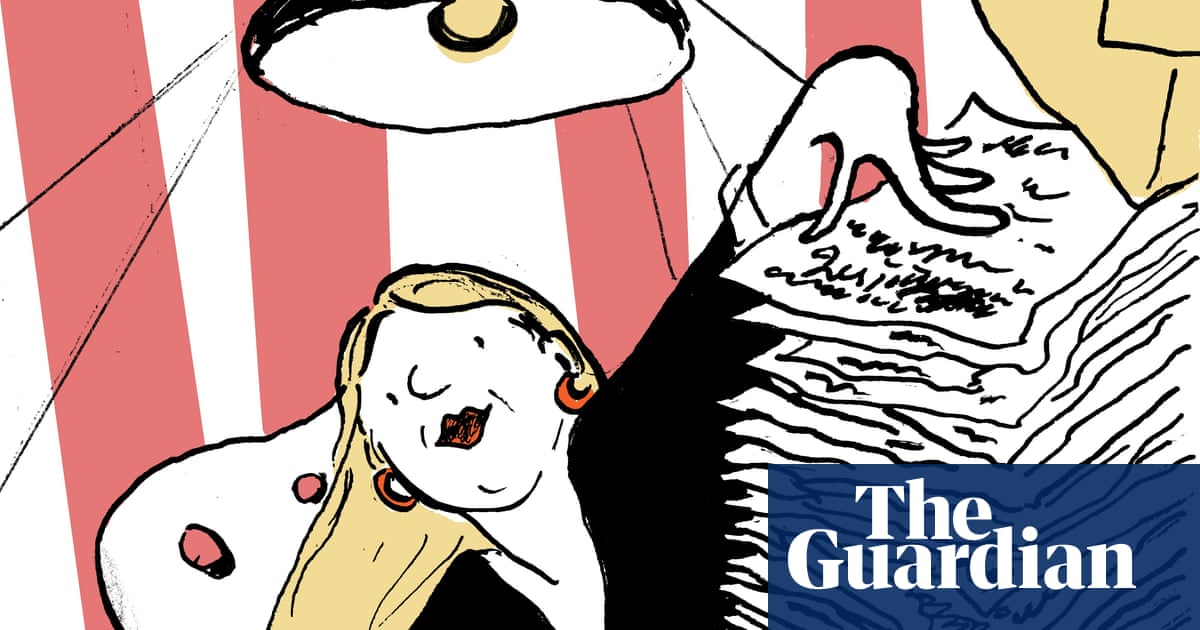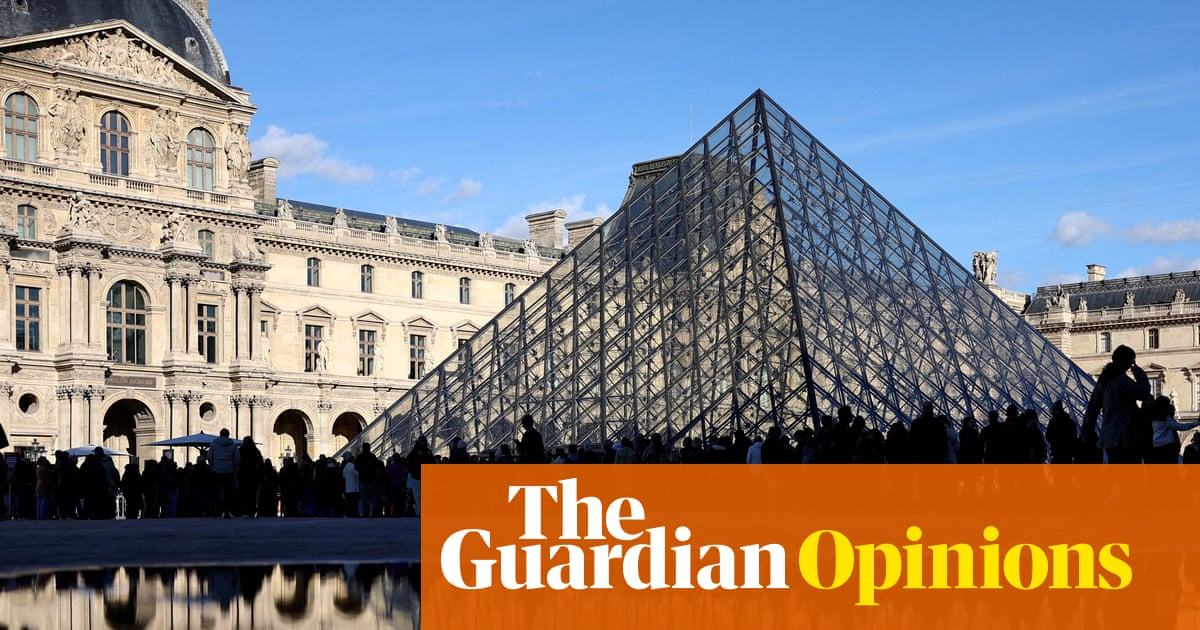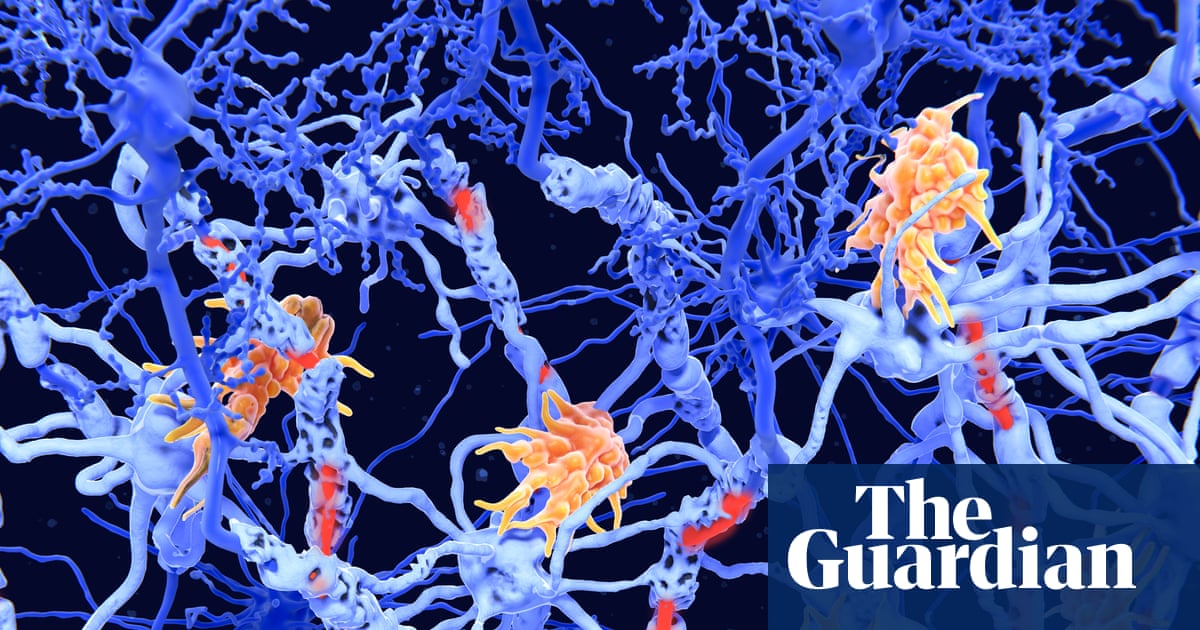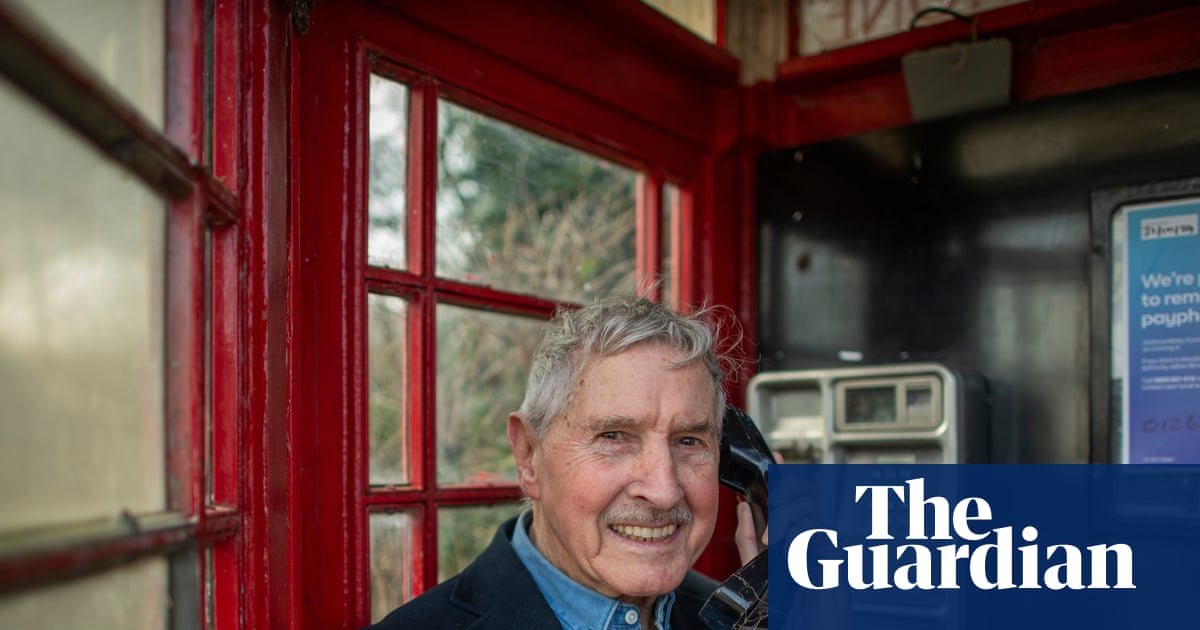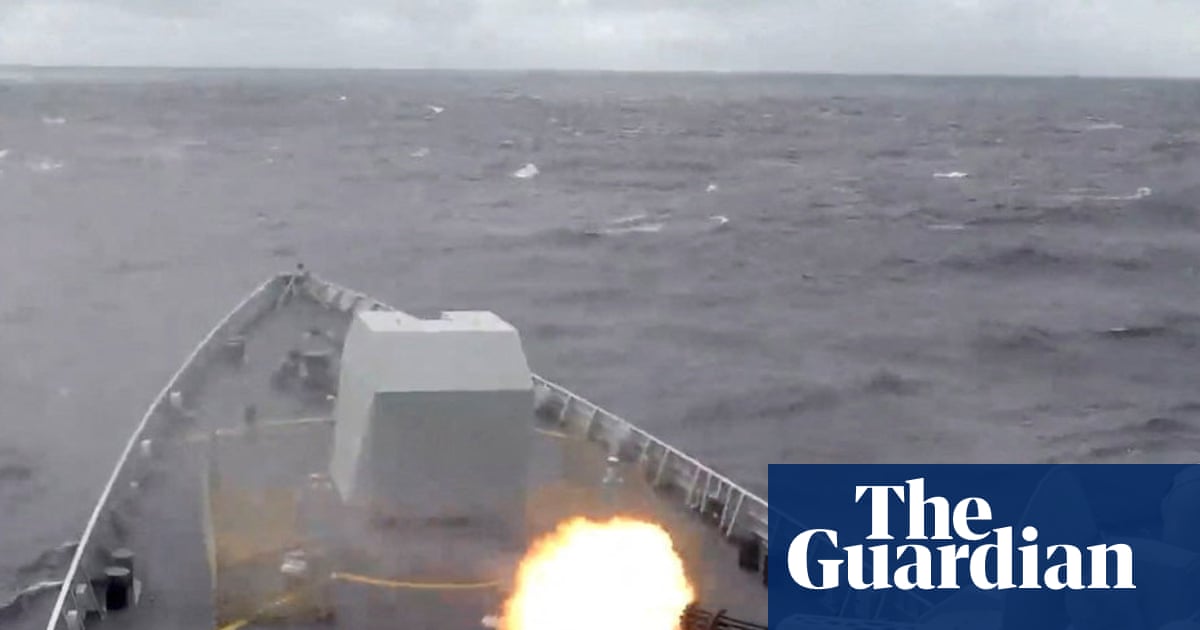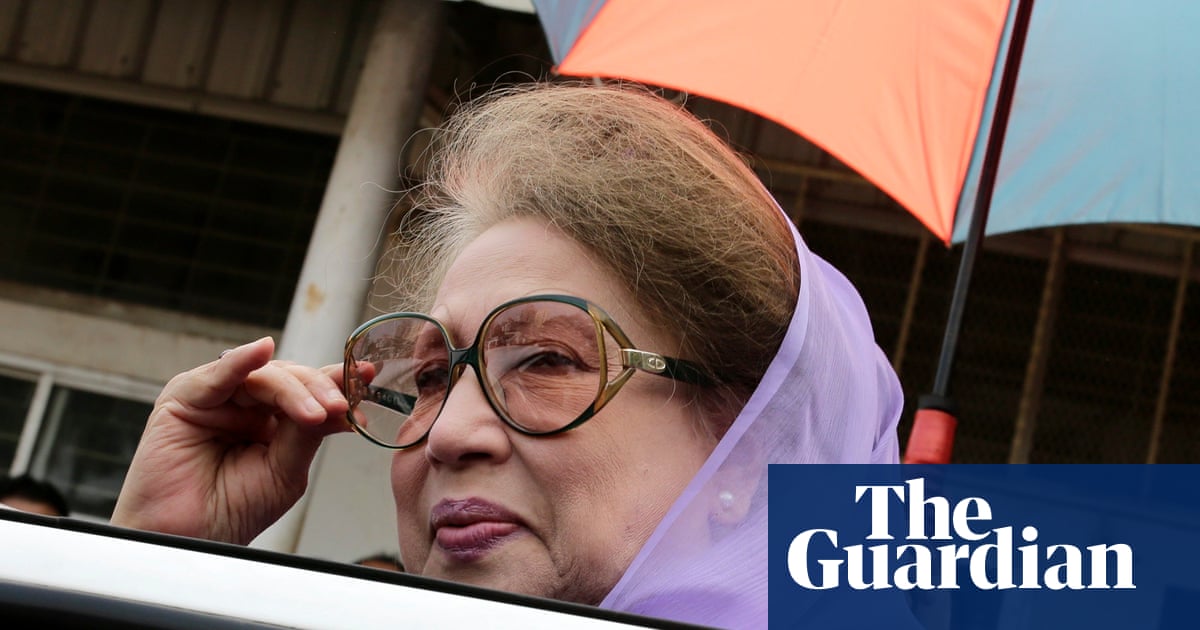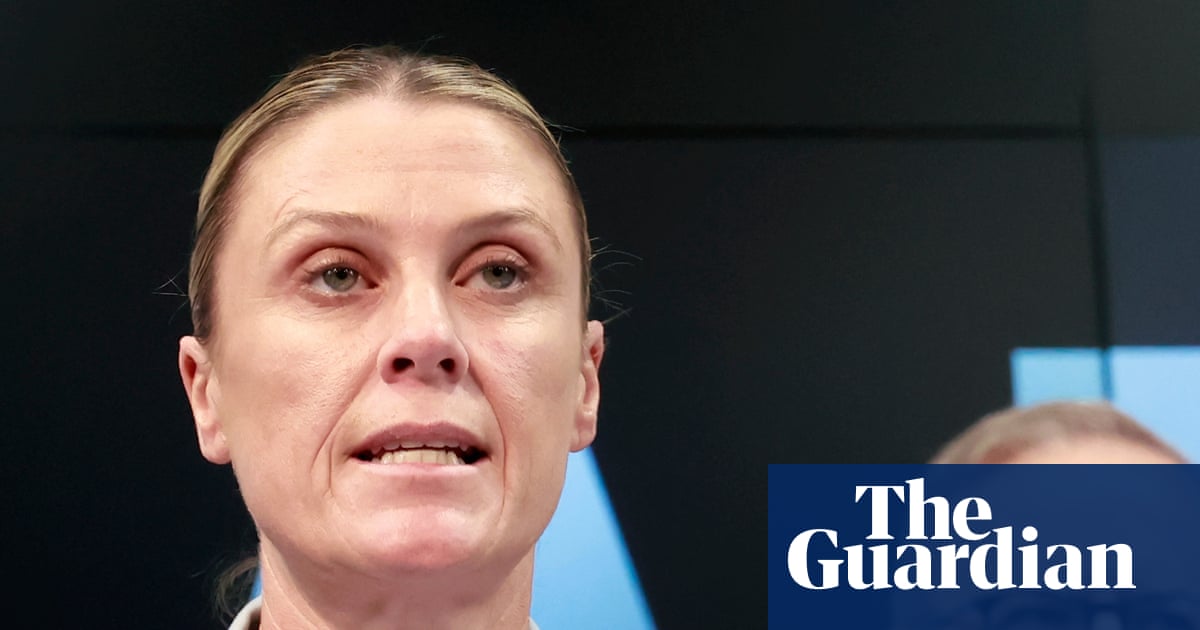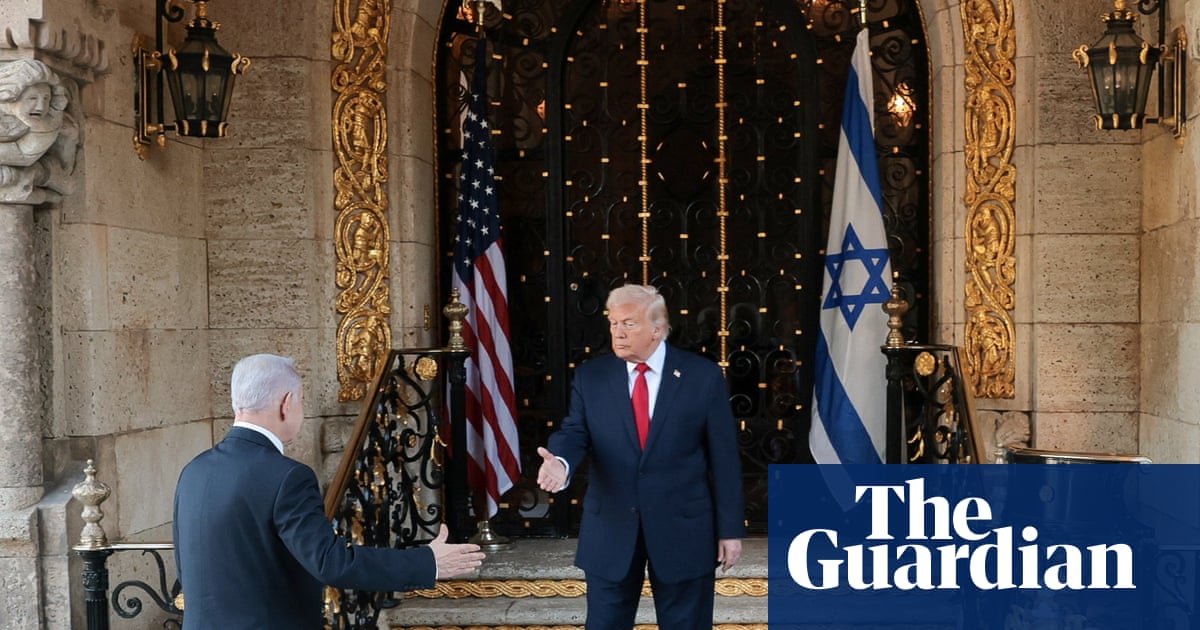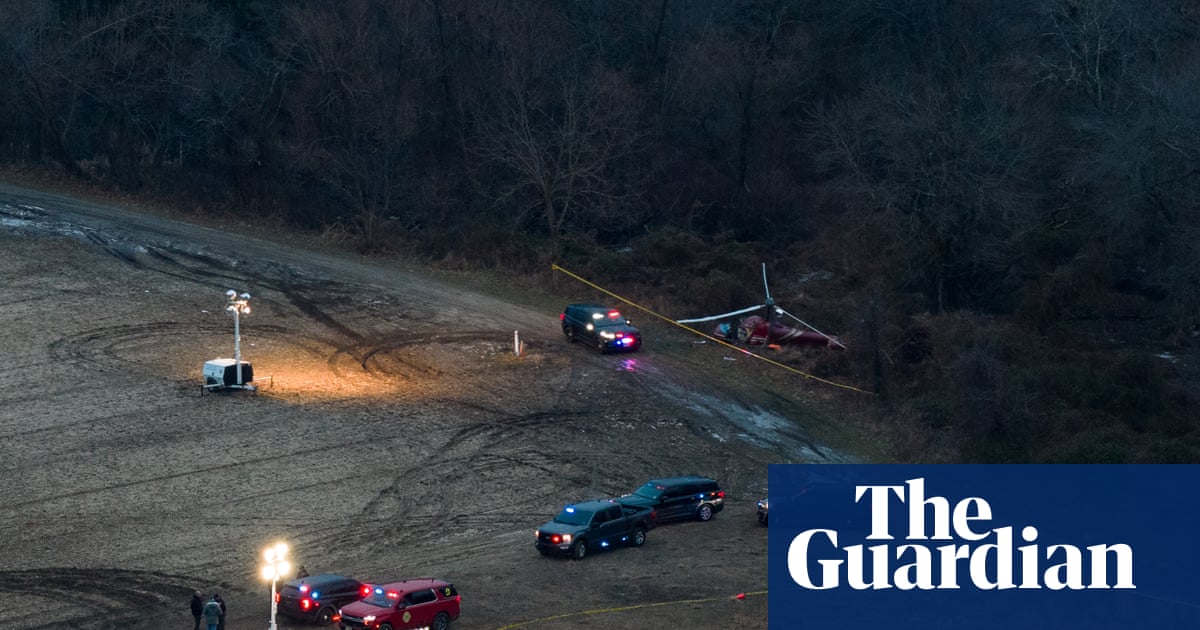For 17 months, since May 2024, El Fasher, North Darfur’s capital, has been trapped in one of the longest urban sieges of modern warfare, a slow war of attrition that recalls the destruction of Stalingrad and the starvation of Leningrad, combining both cruelties in a single city.
The siege, progressively tightened by the Rapid Support Forces (RSF), has transformed the city. Trenches cut through neighbourhoods. Civilians move block by block in search of safety, while self-defence groups fight alongside entrenched garrisons.
Over these months, El Fasher has become Sudan’s war in miniature, a microcosm where the old tactics of siege and starvation collide with new arsenals, with drones and recently introduced weapons turning the city into a testing ground for modern warfare. El Fasher shows Sudan’s war in its starkest form: a laboratory, and a purgatory.
What is happening in Sudan?
ShowFighting broke out in Khartoum, Sudan’s capital, on 15 April 2023 as an escalating power struggle between the two main factions of the military regime finally turned deadly.
On one side are the Sudanese armed forces, who remain broadly loyal to Gen Abdel Fattah al-Burhan, the country’s de facto ruler. Against him are the paramilitaries of the Rapid Support Forces (RSF), a collection of militias who follow the former warlord Gen Mohamed Hamdan Dagalo, known as Hemedti.
The RSF was initially founded by the former dictatorial ruler Omar al-Bashir as an Arab counterinsurgency militia called the Janjaweed, which quickly became synonymous with widespread atrocities. In 2013, Bashir transformed the group into the RSF, deploying them to crush a fresh rebellion in South Darfur.
The conflict has plunged Sudan into “one of the worst humanitarian nightmares in recent history”, according to UN officials. It has created the world’s worst displacement crisis, scattering more than 10 million people internally and 4 million who have fled into neighbouring countries, putting mounting pressure on Chad and South Sudan.
Since early October 2024, as the fighting shifted and the RSF advanced into the city, civilians have dug trenches in the neighbourhoods to where they were forced to move. Trenches cut through streets, beside houses and around the gathering sites where families now shelter.
Shoulder-deep, these trenches flood after rains, becoming what is now the city’s architecture of survival.
Since the Sudanese Armed Forces (SAF) retook Khartoum in April 2025, the RSF has intensified its shelling of El Fasher. “From three or four in the morning, often until late,” one resident says. “We know the schedule now. Each dawn we prepare for it.” Families descend into dark pre-dawn trenches as routine, sometimes sleeping there until the bombardment begins again. Mobile, long-range shelling has become the RSF’s hallmark, more intense every month.
The deadliest moments often come in the short sprint between homes and trenches. Ibrahim recalls how two neighbours were killed when they paused to greet each other on their way to their shelters – mere hollows in the ground. Amal describes dragging her grandfather’s body after he was struck by artillery. Pinned down, she sheltered beside his corpse for hours until the shelling eased long enough to leave and bury him.
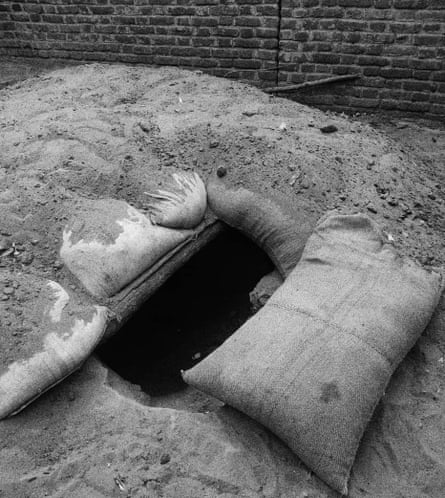
Mohamed speaks of a young man who lay wounded in a flooded trench for two weeks, his leg rotting, before he eventually died.
Numerous accounts echo these scenes: frantic descents, long hours underground, tentative returns above; predictably scheduled terror. “The fear never changes,” says Hela, a young woman who fled the city. “If you step outside, something will happen to you.”
Sometimes, she says, “when I walked between intervals of shelling and saw someone in the street, I wanted to say: ‘I’m glad we made it, let’s walk together.’”
Since last October, drones have brought a new fear. People say they now patrol the skies over El Fasher – erratic and unpredictable – marking one of the first uses of drone warfare in Darfur. For those on the ground, every hum carries the same dread: surveillance or a kamikaze strike.
For 17 months, El Fasher has been strangled by the oldest tactics of war: attrition and starvation. As the RSF tightened its grip, it built earthworks to the north, east and south, fortifications that also serve as choke points, blocking nearly every road in and out. The city has been cut off. Only one route remains for civilians to leave, leading west to Tawila, about 60km away.
Those who make the journey face checkpoints, ambushes and the risk of disappearing. For men and boys of fighting age, escape is nearly impossible. They either stay and fight, or risk extortion or death on the road. The trek to Tawila – two days on foot or a day by donkey – passes through a series of RSF and allied checkpoints, each demanding payment. “A donkey cart out of El Fasher costs more than a new car, now,” says Leila, who recently escaped the city.
An elderly man reached Tawila’s buffer zone after walking from El Fasher, arriving there in the first week of September. More than 400,000 newly displaced had crammed into the area before him. A volunteer recalls seeing him: “He asked for water, drank, and then collapsed and died in front of us.”
If leaving is impossible, life inside is unbearable. After 500 days of siege, the markets are gutted and the city is on the brink of famine. What little food remains is beyond the reach of most. Two kilos of millet sell for $100 (£74), a kilo of sugar or flour for $80, while the average monthly salary, when salaries were still paid, was $70.
An estimated 260,000 civilians remain in El Fasher, most relying on four communal kitchens run by volunteers and sustained through community networks. Under fire, with water restricted and supplies scarce, they offer only one meal a day. Like the rest of El Fasher, the kitchens have also been shelled, killing volunteers. The only alternative is the city’s last market, in the Naivasha area, now reduced to a handful of stalls where prices are extortionate.
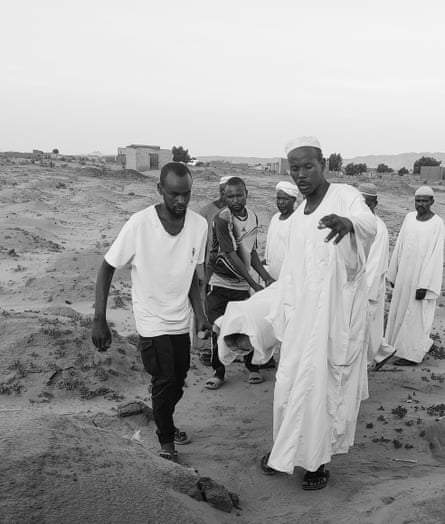
“I get by on one meal if I can,” says Omar. “But during shelling or street fighting, we’re trapped.” Hani, who once worked with smugglers, says the city long relied on them to bring food in, but most are gone. “A few still try at night, but most don’t make it back. It’s suicide now, a deadly gamble.”
For many families, the only food available is peanut-shell residue normally used to feed livestock. Civilians with shrapnel wounds are carried into an improvised treatment centre, referred to as the bloc, where volunteers do what they can with little more than salt and torn pieces of cloth.
No formal aid has reached El Fasher since the siege began. At Al Saudi, the city’s last semi-functioning hospital, volunteers are often reduced to crude triage, deciding “who will live and who will be left to die”, says Amira, a volunteer. Because of its proximity to the frontline, the hospital has stopped admitting the wounded. SAF soldiers and allied Darfuri fighters are generally treated in separate facilities, one of which was struck and put out of service in the past two weeks.
In what is left of their city, most people are confined to the north-west corner. They are crammed into three neighbourhoods and part of an IDP camp, co-located with SAF and SAF-aligned Darfuri groups’ positions. By night, the area falls into darkness and silence. Even solar lamps are kept off for fear of drones. “You can’t even light a cigarette,” says Abdallah, a resident.
Alongside SAF soldiers and their Darfuri allies, self-defence groups have multiplied, and armed men fill the streets, as militarisation pervades every part of life. The unspoken reality is that every able man and boy is seen as a potential fighter. And while the blurring of the line between civilian and combatant is not unique to El Fasher, nowhere is it likely to be felt so starkly.
El Fasher’s battle has transformed from rudimentary urban combat into sophisticated warfare with weapons Darfur has never known. The siege is no longer just military; it has become political, even existential.
The siege endures largely because of external support. Public and private accounts point to UAE military supplies and logistical support that have carried the RSF beyond its capacity. Yet El Fasher is Sudan’s toughest front and, paradoxically, one of the last places where resolution still feels possible.
-
Sarra Majdoub is a Sudanese political scientist and analyst.

 3 months ago
55
3 months ago
55




